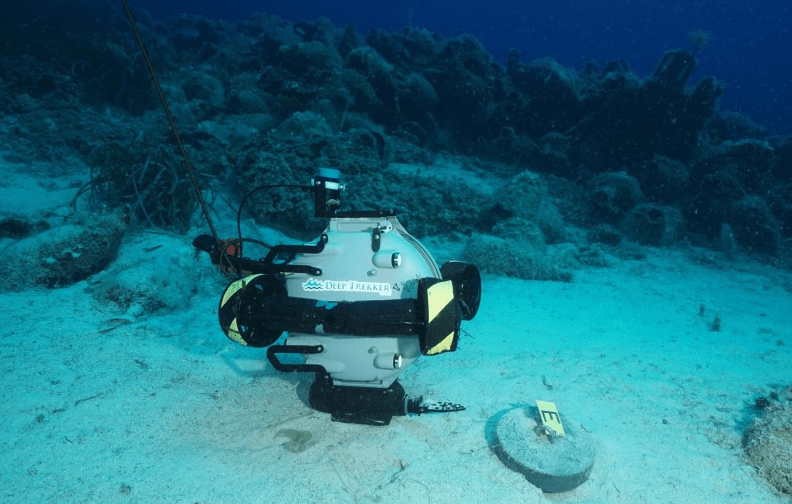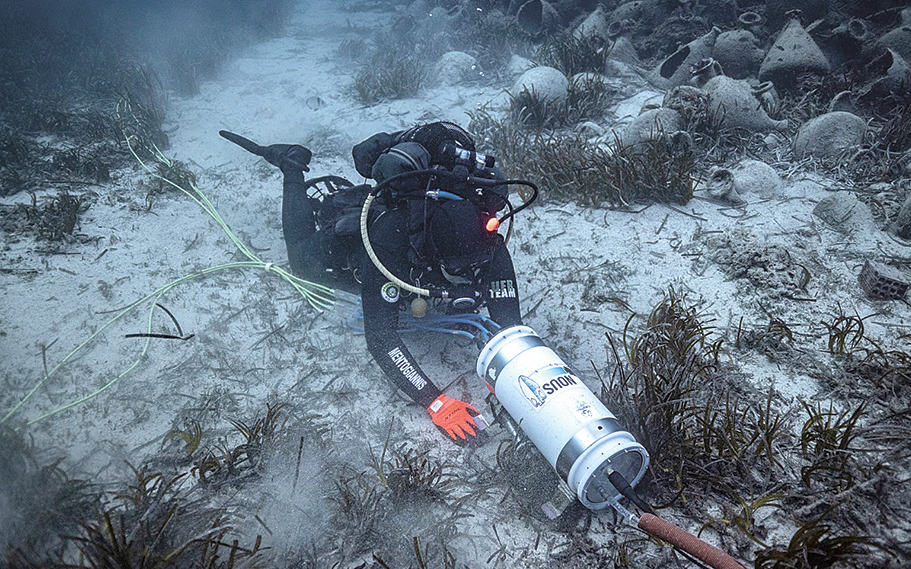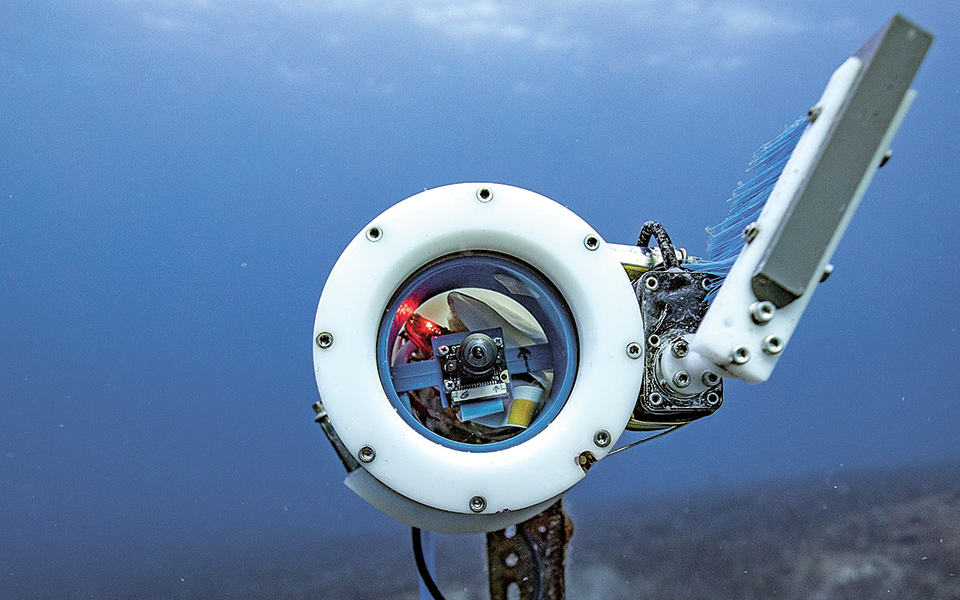
The Peristera shipwreck is considered one of the most important in classical antiquity, due to its intact and large number of finds.
It was discovered in 1985 by a fisherman from Alonissos, near the western rocky coastline of Peristera, at a depth of 28 meters.
Characterised as the "Acropolis of shipwrecks", the shipwreck is monitored by a network of underwater cameras.
And although "hidden" underwater, the state-of-the-art surveillance system "caught" the attention of US tech giant Microsoft.
To make Peristera Greece's first underwater archeological museum, a team of Greek scientists created 'NOUS'- Undersea Vision Surveillance System.
The scientists, George Papalambrou, assistant professor at the National Technical University of Athens, Vassilis Mentogiannis, specialist diver and Kostas Katsioulis, received a year’s funding from Microsoft, which provided tech support, computing power and storage space.

"We have installed a network of five cameras, which are constantly monitoring the site of the wreck. This is a fully automated process. When it records that something has entered the space, it automatically makes a diagnosis and sends a message. The information goes from the cameras to an underwater node (distributor), from there with underwater optical fiber goes to Peristera, where it is sent via antenna to Alonissos. There, with a fast line of OTE, it goes to the Internet," Papalamprou told Kathimerini.

Microsoft is interested in the system’s ability to recognise and record marine species, potentially becoming a useful tool for monitoring and protecting ecosystems.
"The beauty and life of the sea is incredible, but the devastation is terrible. We must act quickly, as long as we can. With the evolution of NOUS, we aspire to be able to count even the herds, to be able to see the course of the marine populations in an area of particularly sensitive species, such as the hippocampus [seahorse]," Mentogiannis added.

